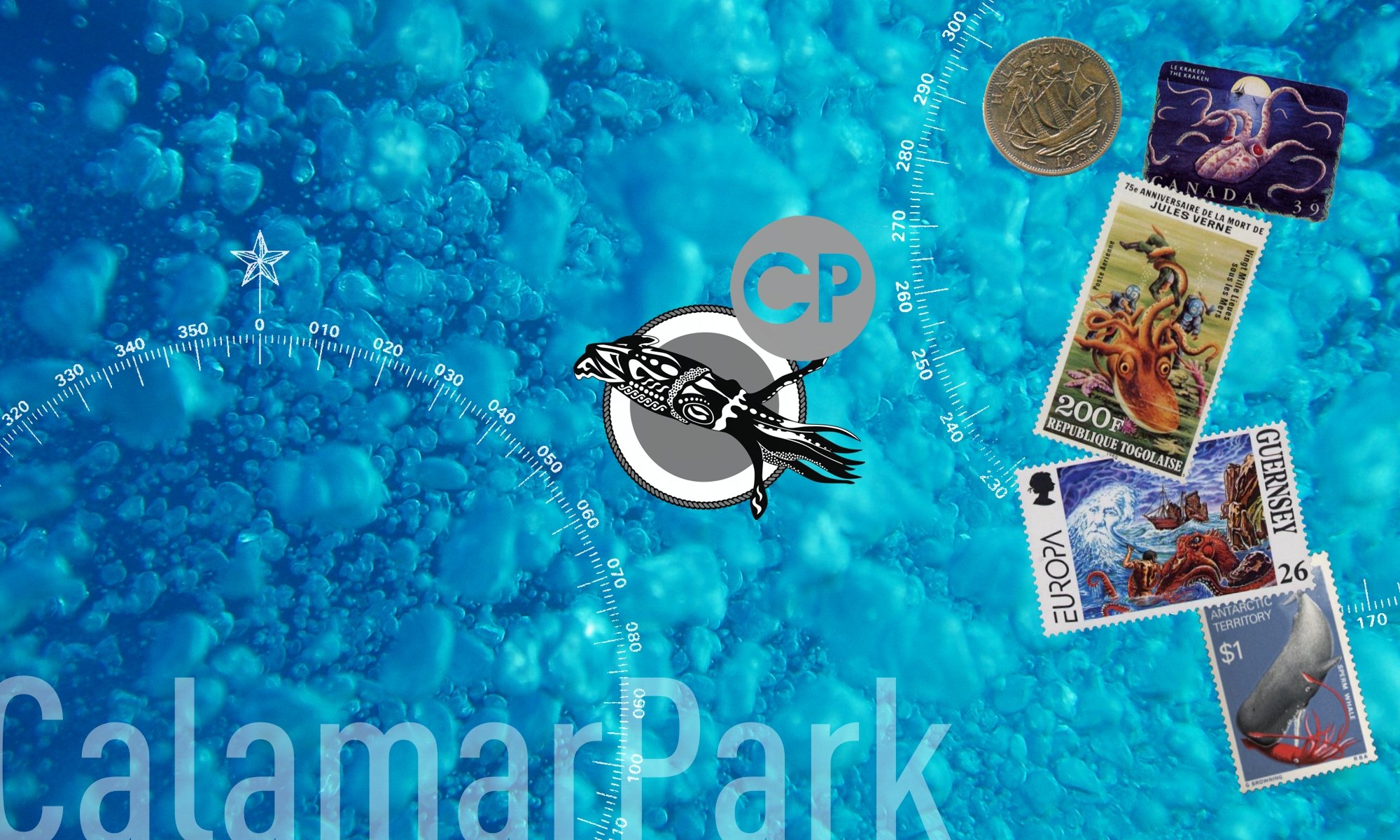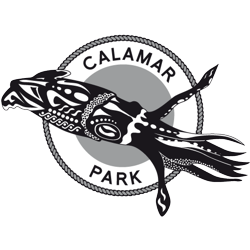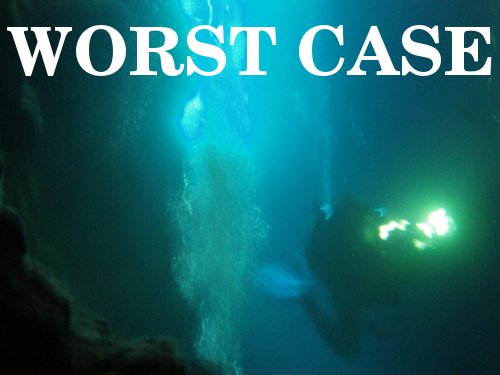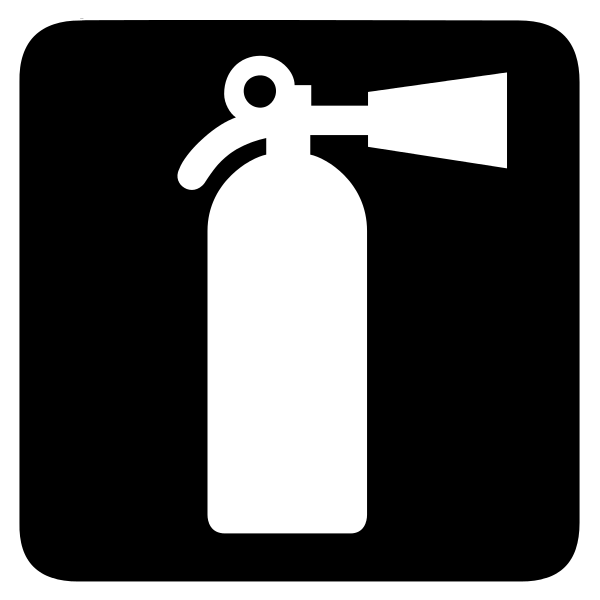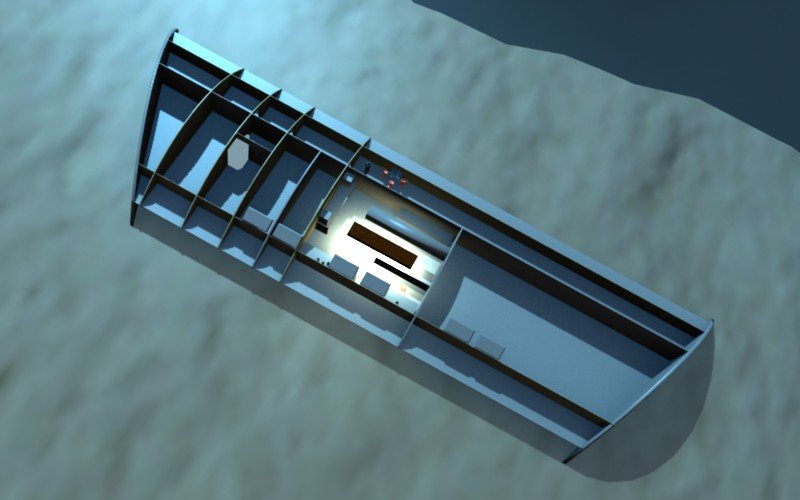 (Guest article by user Mike, thanks for contributing) By common definition, Branch & Bound is a mathematical algorithm to solve integer optimization problems. But simplified versions of Branch & Bound are also applied to find best fitting technical solutions manually. It is a useful tool for making fundamental decisions, such as the selection of a synthesis route during the project development of a new chemical factory complex.
(Guest article by user Mike, thanks for contributing) By common definition, Branch & Bound is a mathematical algorithm to solve integer optimization problems. But simplified versions of Branch & Bound are also applied to find best fitting technical solutions manually. It is a useful tool for making fundamental decisions, such as the selection of a synthesis route during the project development of a new chemical factory complex.
In the context of CalamarPark, the design of the underwater habitat is such a fundamental decision: Should it be small or large? To operate at what depth? Ambient or atmospheric pressure? A certain design might be perfect at one location, but only second choice at another. Continue reading “Branch & Bound”
